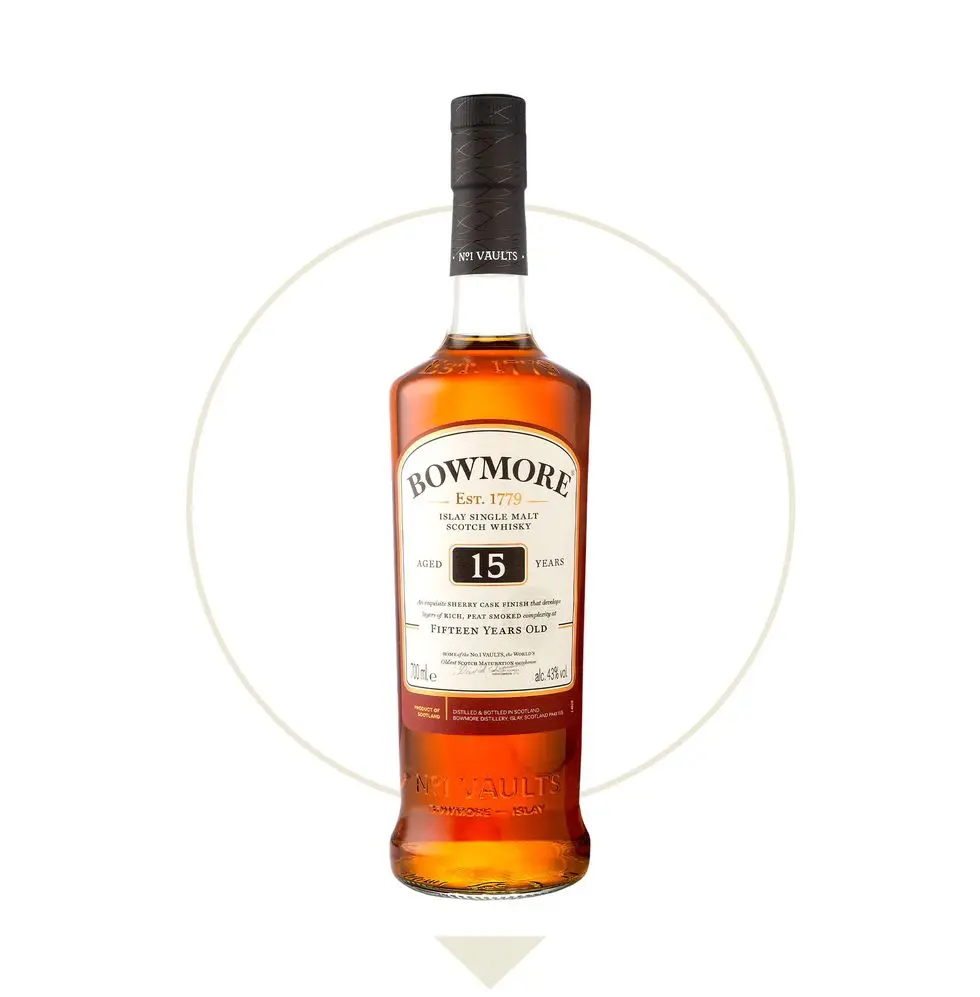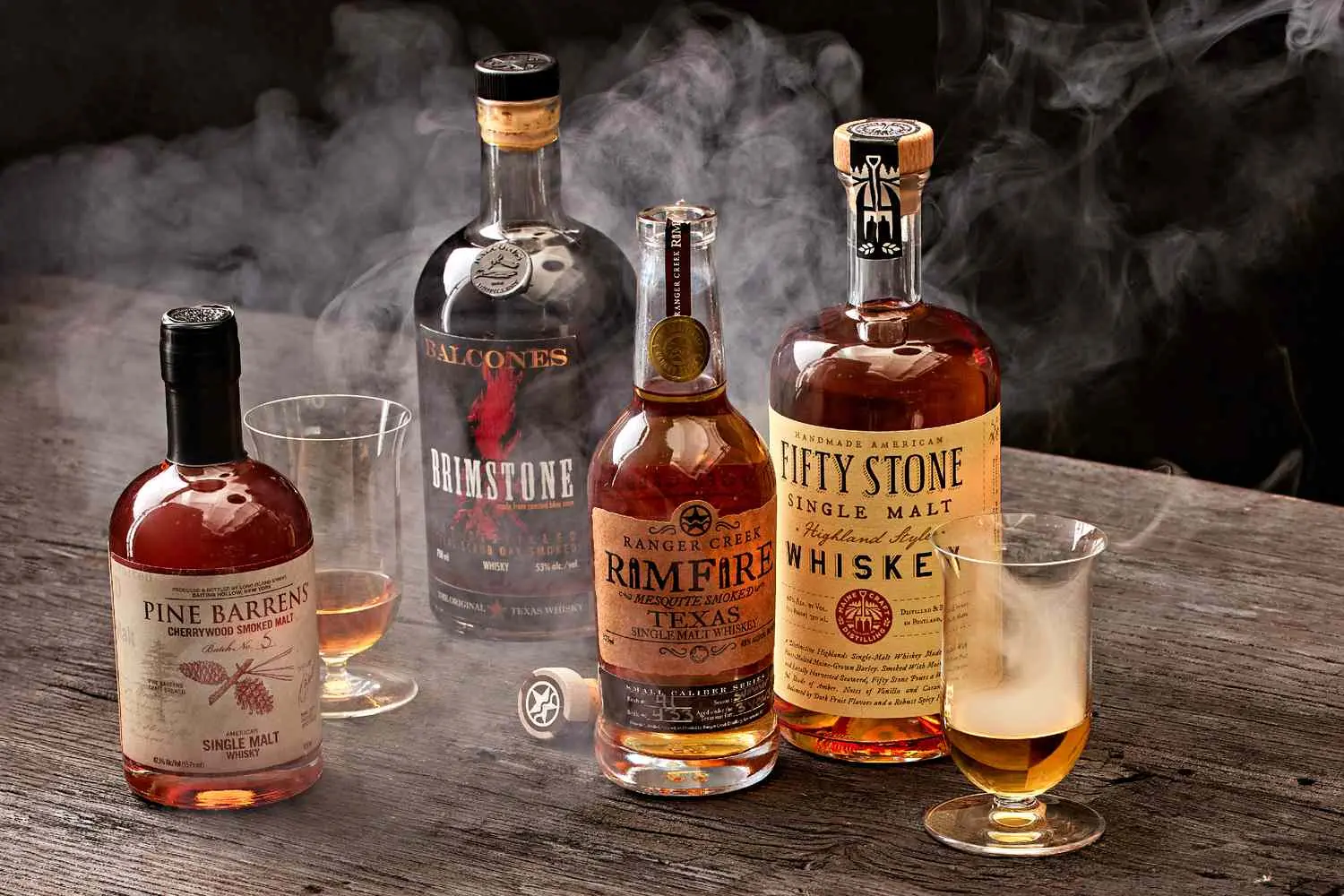Whisky, a beloved spirit enjoyed by many, owes much of its character and flavor to the oak casks in which it is aged. Oak, known for its flexibility and sturdiness, is the preferred wood for whisky casks. There are several types of oak used in whisky production, including traditional European oak, white American oak, and Japanese oak, each providing unique characteristics to the final product.
European Oak: Adding Spicy and Woody Flavors
Traditional European oak, also known as Quercus rober or Quercus patraea, is widely used in whisky casks. This oak species is found throughout Europe, extending into Turkey and Russia. When whisky is aged in European oak casks, it develops spicy and woody flavors. Additionally, the Gallic acid present in the wood imparts a slight dryness to the spirit.
American Oak: Infusing Vanilla Notes
White American oak, scientifically known as Quercus alba, is predominantly grown in the eastern United States and parts of Canada. The dense nature of American oak contributes to its popularity in whisky maturation. The wood contains vanillins, which convert into delightful vanilla notes in the whisky. This oak variety mellows and softens the spirit, resulting in a smoother and more approachable flavor profile.
Alba imparts vanillins into the spirit, which add creamy, coconut notes to a whisky. - Alan Winchester, Master Distiller, The Glenlivet

Japanese Oak: The Unique Flavor of Mizunara
In addition to European and American oak, Japanese distilleries also utilize Japanese oak, also known as mizunara oak (Quercus mongolica). Mizunara oak imparts distinctive flavors and aromas to whisky, including sandalwood, incense, and spices. The scarcity of mizunara oak and its challenging nature to work with make it highly sought after by whisky enthusiasts.
The Role of Oak in Whisky Maturation
While oak plays a crucial role in whisky maturation, it is essential to strike a balance. Too much exposure to the tannins, lignins, and vanillins from virgin oak can overwhelm the spirit during long-term maturation. To mitigate this, distilleries often use casks that have previously aged other spirits or wines, such as bourbon or sherry. This choice of cask also significantly impacts the flavor profile of the whisky.
When ex-bourbon casks are utilized for maturation, the whisky tends to exhibit sweeter and creamier characteristics, with notes of caramel and vanilla. On the other hand, casks previously used for Oloroso sherry aging contribute deep, nutty, and dark ripe fruit flavors to the whisky.
The Impact of Cask Refilling on Flavor
In addition to the type of cask used, the number of times a cask has been refilled also affects the flavor of the whisky. As the oak's influence on the spirit decreases over time and use, subsequent refills result in subtler oak flavors. This process allows distilleries to create a range of whiskies, each with its own unique character and depth of flavor.
Q: Can oak smoked whiskey be produced?
A: While oak-smoked whiskey is not common, some distilleries experiment with smoking the malted barley using oak wood smoke. This process imparts a smoky flavor to the whiskey, reminiscent of traditional peat-smoked whiskies.
Q: How long does whisky typically age in oak casks?
A: The aging period of whisky varies depending on the desired flavor profile and legal requirements of the country of production. However, many whiskies are aged for a minimum of three years, with some premium expressions aged for much longer periods, allowing the oak to work its magic on the spirit.
Q: Are there any other woods used in whisky production?
A: While oak is the primary wood used in whisky production, some distilleries may experiment with other types of wood for finishing or flavor enhancement. These woods include cherry, chestnut, and various fruitwoods. However, oak remains the most popular and widely used choice due to its desirable characteristics.
In Summary
Oak plays a vital role in the production of whisky, contributing to its flavor, aroma, and overall character. European oak adds spicy and woody notes, while American oak infuses vanilla flavors. Japanese oak offers a unique and sought-after profile. The choice of cask, whether previously used for bourbon or sherry, further influences the whisky's flavor. By understanding the influence of oak and its various nuances, whisky enthusiasts can appreciate the craftsmanship and complexity behind their favorite drams.
If you want to know other articles similar to The influence of oak on whisky: exploring oak smoked whiskey you can visit the Oak category.

